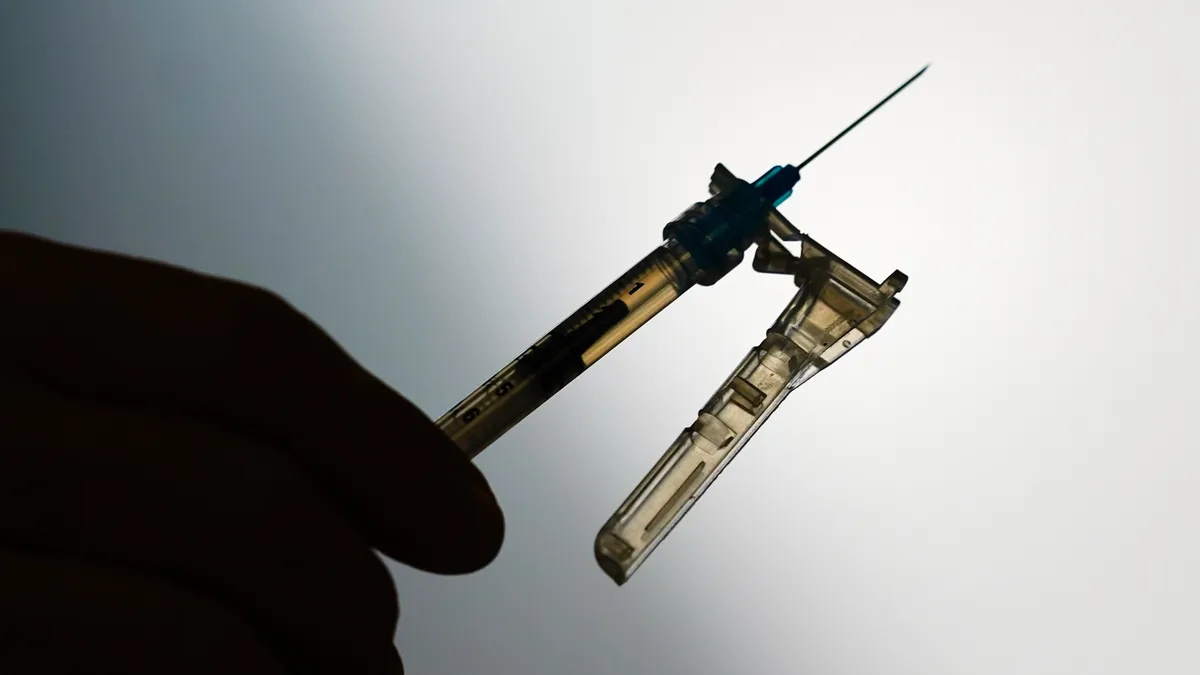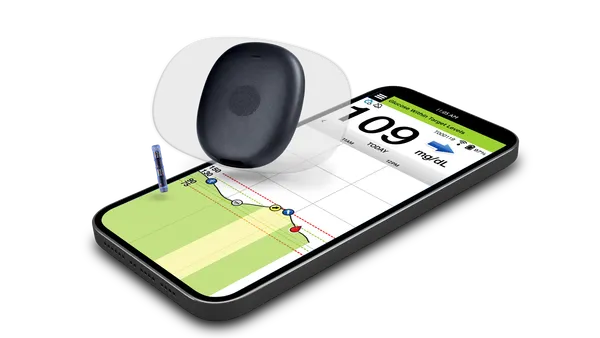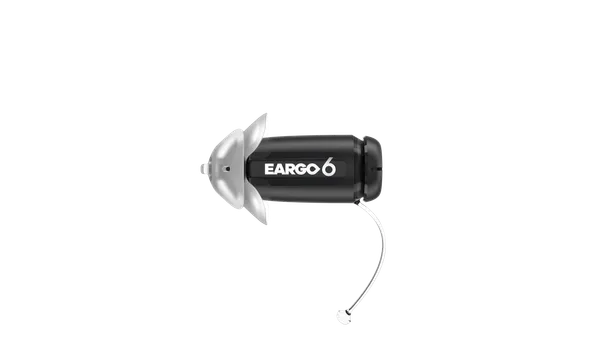The future of HealthTech looks nothing like its past. Connected devices and remote services have caused a fundamental shift in the industry, with no signs of turning back. Healthcare organizations need to prepare immediately to manage connected medical devices at scale, and a crucial part of this is choosing the right OS.
In HealthTech, it’s about finding the platform that enables the reliability, precision and simplicity required to deliver critical care. Your team needs the ability to easily set up devices, deploy updates and troubleshoot from anywhere. And it all needs to be wrapped in an intuitive, easy-to-use package.
Android is the world’s most popular operating system, so it’s no surprise we’re seeing a rapidly growing share of healthcare companies leverage this versatile OS for their medical device fleets. Here’s why you should too.
Meet your patient needs today and tomorrow
Long-term success in any industry requires a customizable platform that can scale with you. Android is modern, open and infinitely versatile. It gives you the flexibility to execute a diverse set of use cases, from remote monitoring of staff tablets to automated app updates on handheld clinical devices (and everything in between), making it ideal for the dedicated device space.
While finding the right Android hardware requires navigating the market and vetting options to ensure performance and security, when you find the right fit, the benefits are plentiful. You’ll get access to the biggest and most active developer pool, granular tooling to build the user experience you want, and the flexibility to modify and update the software as you grow.
Cost-wise, Android is usually the most economical choice as there’s no direct cost associated with using the platform since AOSP Android is open source. Some Android devices produced for consumer or enterprise markets can have very short to non-existent software support lifetimes, but partners like Esper can help you build world-class Android experiences that can be sustainably scaled to any number of devices and supported with OS updates and security patches well outside of the device’s typical lifespan.
Keep your life-saving devices secure
From ensuring compliance to safeguarding data to contending with security threats, medical device fleets require the strongest level of OS security.
Android enables continuous, long-term security with monthly security patches from Google for four OS versions after release. The platform offers advanced protection like full disk encryption, application sandboxing, remote locking and wiping, a secure boot process that verifies system legitimacy and system-level permissions management.
Not only is Android secure by design, it stands out when compared to other OSes. While iOS and Windows offer consistent security, they’re primarily designed for general consumer and employee-facing use cases, not high-security verticals. And while Linux delivers arguably the strongest security of the group, you’ll have to burn your engineers on actively following the community to make sure it’s always up to date. This means less time spent on your core product. Since Android is based on the Linux kernel and Google releases monthly security patches, you get most of the benefit of a hardened Linux system without the extra work.
Many leading healthcare organizations have found the security they’re looking for with Android. Our customer Care.ai turned to Esper’s Android platform to securely scale its AI-powered patient room smart monitoring. To ensure device security and patient safety, Care.ai leverages Esper’s automated compliance policy enforcement. When a device is facing an issue, an automated set of processes are triggered and if they’re not repaired, the system administrator is alerted.
Intuitive user experiences ensure seamless care delivery
Devices in the healthcare space are typically used by people deeply removed from the device builders, such as patients or hospital staff. These users may not be tech savvy or have the training to fiddle with device settings. In healthcare especially, an intuitive user experience isn’t just about driving user satisfaction, it enables the seamless delivery of critical care.
Android is the most used and known OS in the world with billions of users and ~70% of the smart devices market share worldwide. This means the users you’re targeting are most likely already familiar with the UI and can easily begin using the device right out of the box.
iOS may have a well-known UI, but with a minority share of users, it’s not the ideal way to reach the global masses. Windows, designed for non-touch devices and corporate use cases and Linux, the least known UI for average consumers, can’t deliver the same level of intuitive experience.
Spire Health chose to build its solution on Android to ensure a seamless user experience. They provide patients with at-home monitoring for chronic respiratory disease and knew it was crucial for sick and elderly patients to experience a simple setup process. They worked with Esper to find easy-to-use Android devices while ensuring HIPAA compliance and meeting healthcare security standards.
Esper has enabled mission-critical healthcare devices on Android in the field for thousands of use cases — everything from physical therapy solutions with Hinge Health to in-home rehabilitation bikes with ROMtech. Based on our experience Android is more cost-effective, adaptable and easy to use than any other OS platform and it’s often the key to defining a successful connected device strategy.










